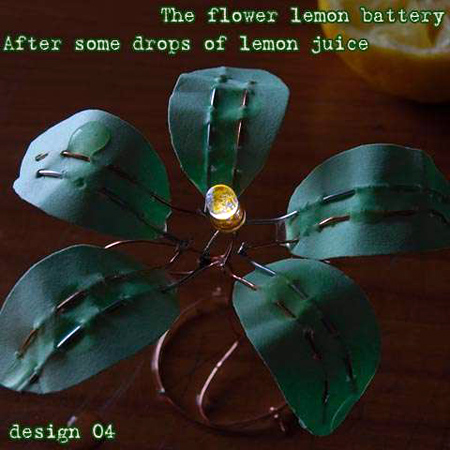
[Marcus] saw [Alex]’s 64 pixel project and decided it could be implemented in even less space. Pictured above is his Space Invader button with a bicolor LED matrix. The controller board is all SMD and piggybacked on the matrix. An ATmega164P drives the 24 pins via transistors. In addition to animation, the board can do LED sensing too. It’s a very clever project and [Marcus] has some notes about working with such tiny components. You can see a video of it below. Continue reading “Space Invader Button”














